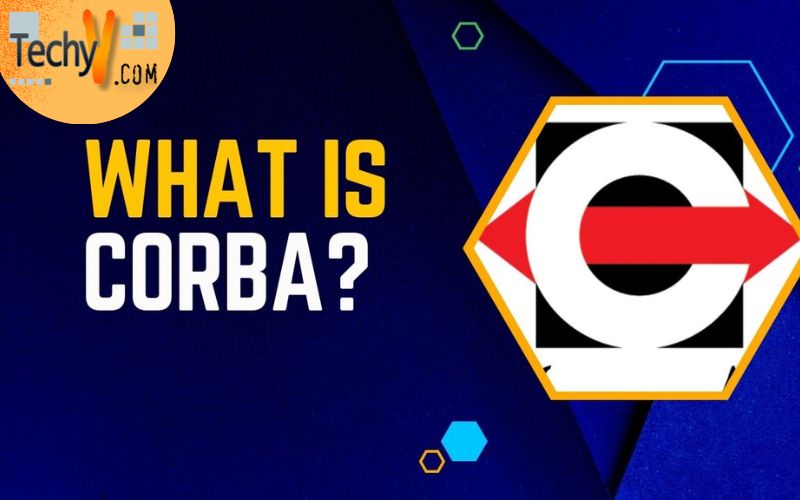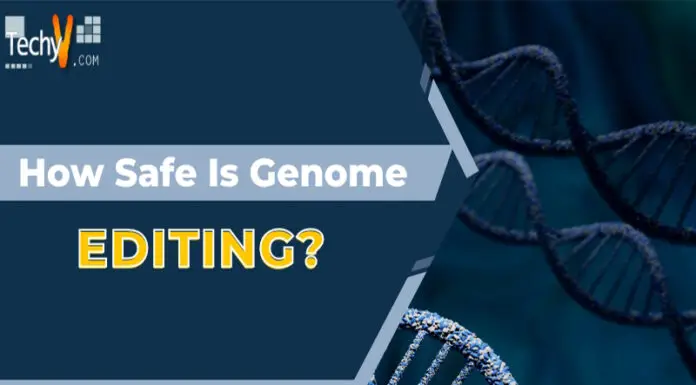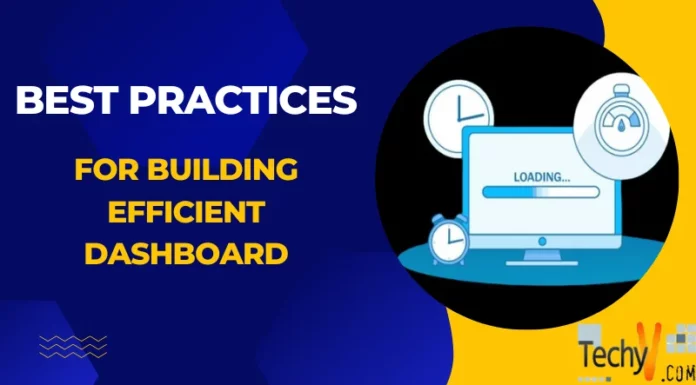Common Object Request Broker Architecture (CORBA) is a design and detail for making, dispersing, and overseeing disseminated program questions in a system. It permits programs in changing areas and created by various sellers to impart in a setup through an “interface representative.”

CORBA is by a consortium of merchants through the Object Management Group (OMG), which presently incorporates more than 500 part organizations. Both International Organization for Standardization (ISO) and X/Open have authorized CORBA as the standard engineering for circulated objects (which are otherwise called parts). CORBA 3 is the most recent level.
What is the Technology behind it?
The basic idea in CORBA is the Object Request Broker (ORB). Sphere bolster in a system of customers and servers on various PCs implies that a customer program (which may itself be a protest) can ask for administrations from a server program or question without understanding where the server is in a circulated arrange or what the interface to the server program resembles.
The programs utilize the General Inter-ORB Protocol (GIOP) and, for the Internet, its Internet Inter-ORB Protocol (IIOP). IIOP maps GIOP asks for and answers to the Internet’s Transmission Control Protocol (TCP) layer in every PC.

A prominent hold-out from CORBA is Microsoft, which has its own particular dispersed protest engineering, the Distributed Component Object Model (DCOM). In any case, CORBA and Microsoft have conceded to a passage approach, so a customer question created with the Component Object Model will have the capacity to speak with a CORBA server (and the other way around).
Conveyed Computing Environment (DCE), an appropriated programming design that went before the pattern toward protest situated programming and CORBA, is right now utilized by various vast organizations. DCE will maybe keep on existing alongside CORBA, and there will be “spans” between the two.
Specification for CORBA
The CORBA detail manages that there will be a protest ask for the intermediary (ORB) through which an application associated with different articles.
By and by, the application basically introduces the ORB and gets to an inner protest connector, which keeps up things like reference tallying, question (and reference) instantiation approaches, and question lifetime arrangements.
The question connector is utilized to enroll occasions of the created code classes. Created code classes are the aftereffect of arranging the client IDL code, which interprets the abnormal state interface definition into an OS-and dialect particular class base to be connected by the client application.
This progression is essential keeping in mind the end goal to authorize CORBA semantics and give a perfect client procedure to interfacing with the CORBA framework
The essential strides for CORBA advancement include:
To simplify the Application Interfaces
The working framework and programming dialect autonomous interfaces to all administrations and parts that connected to the ORB. The IDL indicates a depiction of any administrations a server segment opens to the customer. The expression “IDL Compiler” is frequently utilized; however, the IDL switched into a programming dialect.
An IDL interpreter commonly produces two helpful parts for the customer and server usage, stub code and skeleton code. The stub code created for the interface classes is related to a customer application and gives the client a very much characterized Application Programming Interface (API). In this case, the IDL is converted into C++.
Once the IDL is converted into the proper dialect, C++ in this illustration, these interface documents are arranged and arranged for the protest usage.
If the usage classes are inadequate, the spec and header documents and finish bodies and definitions should be changed before going through to be ordered. The yield is a total customer/server execution.

Once the execution class finished, the customer interfaces are prepared to be utilized as a part of the customer application and can quickly be consolidated into the customer procedure. This customer procedure is in charge of getting a question to a particular protest, enabling the customer to influence demands to that question as a technique to approach its created API.
When all the protest code from stages three and five ordered, the question execution classes should be changed to the C++ linker. When shifted to the ORB library, in this illustration, ORBexpress, two executable activities are made, one for the customer and one for the server.
Final Talks:
The improvement procedure is, the customer will now speak with the server. The server utilizes the question usage classes enabling it to talk about the articles made by the customer demands.
• In its least tough shape, the server must play out the accompanying:
• Make the required articles.
• Inform the CORBA condition that it is prepared to get customer demands.
• Process customer asks for by dispatching the suitable hireling.


















